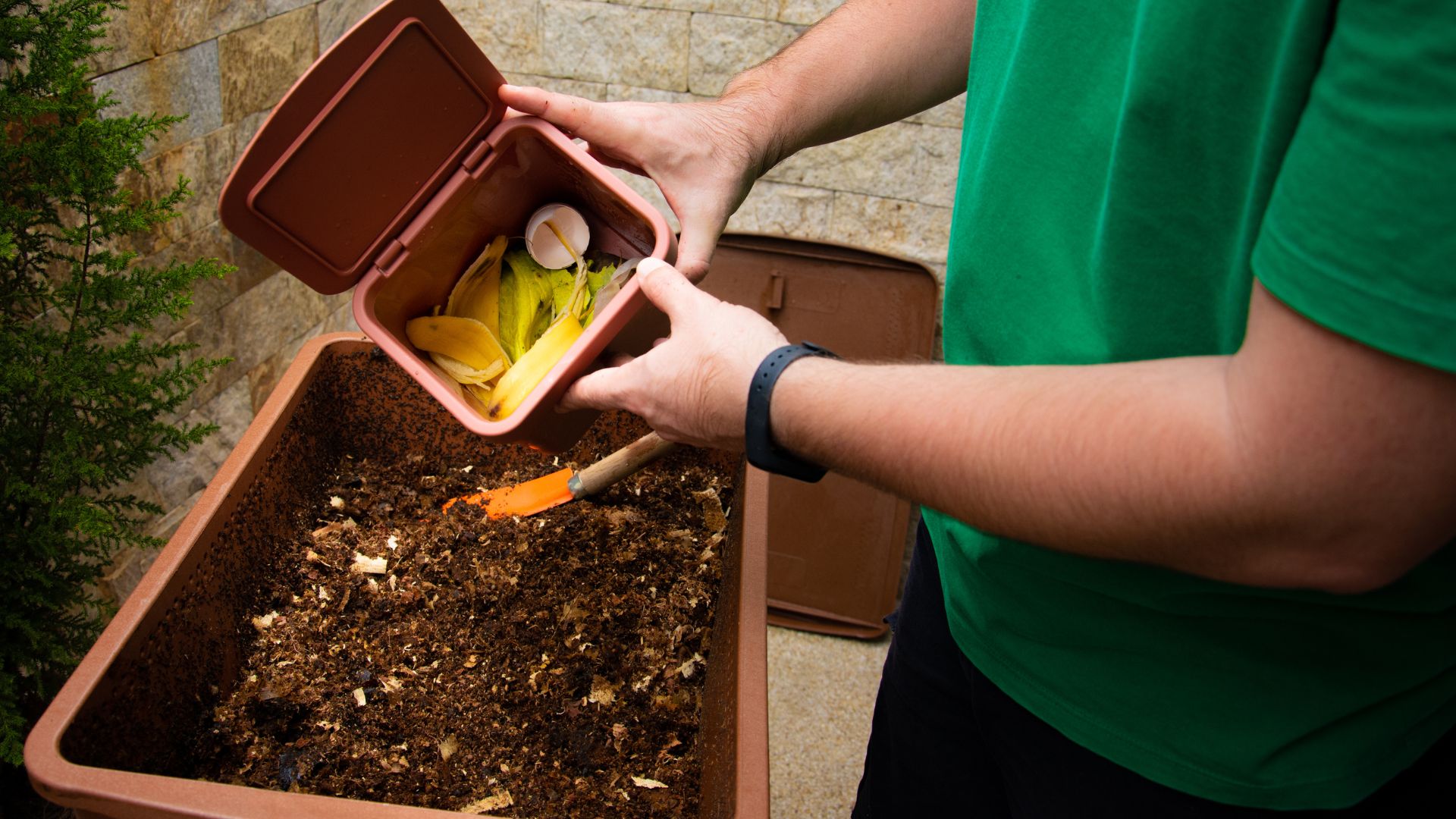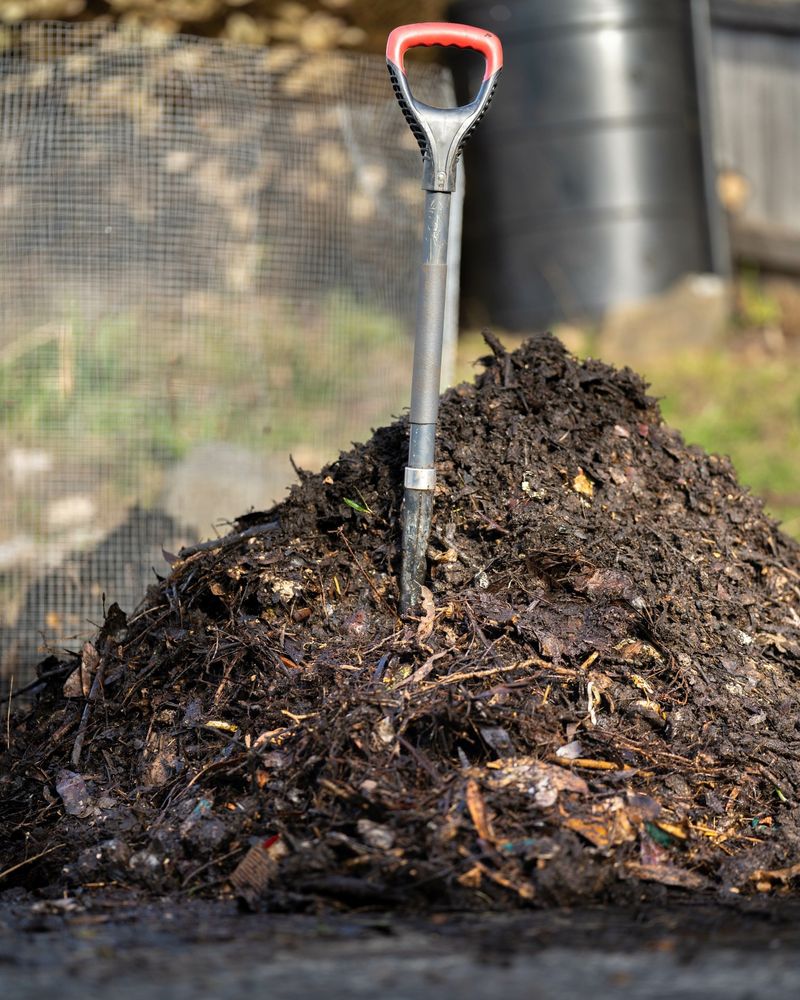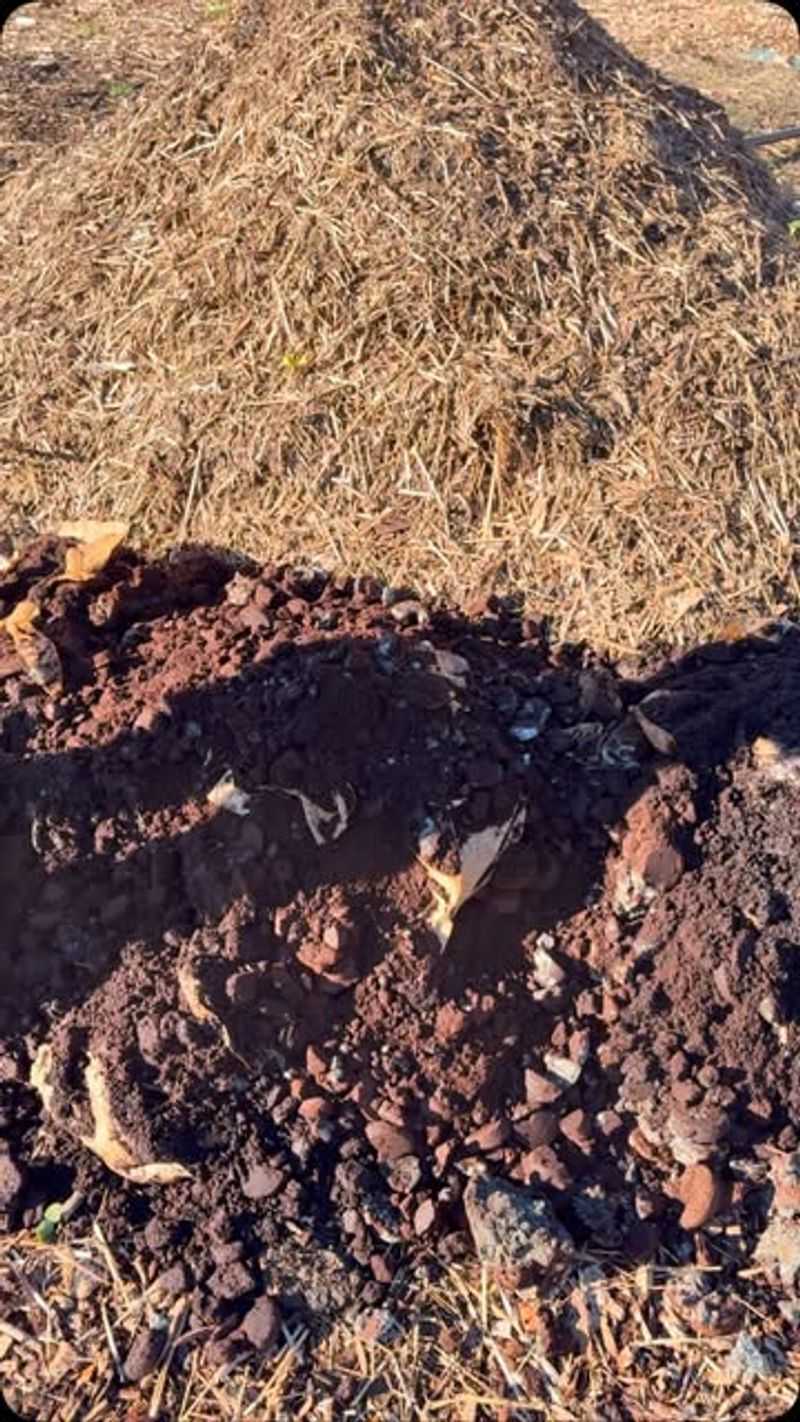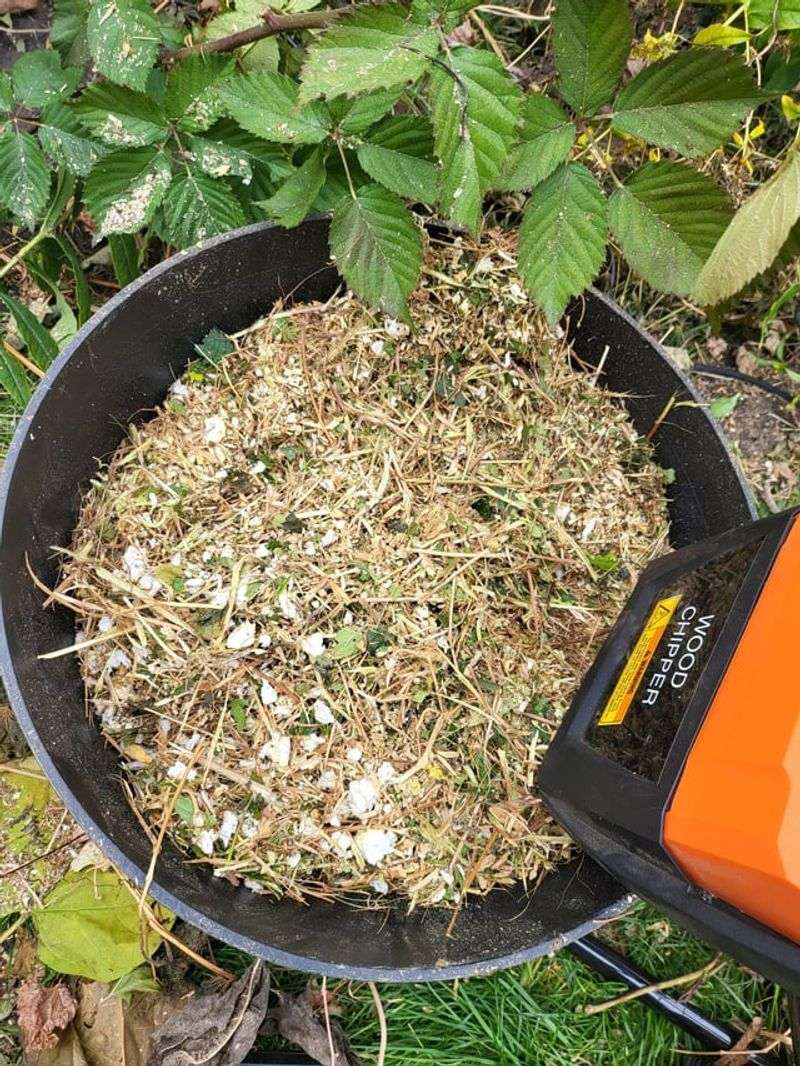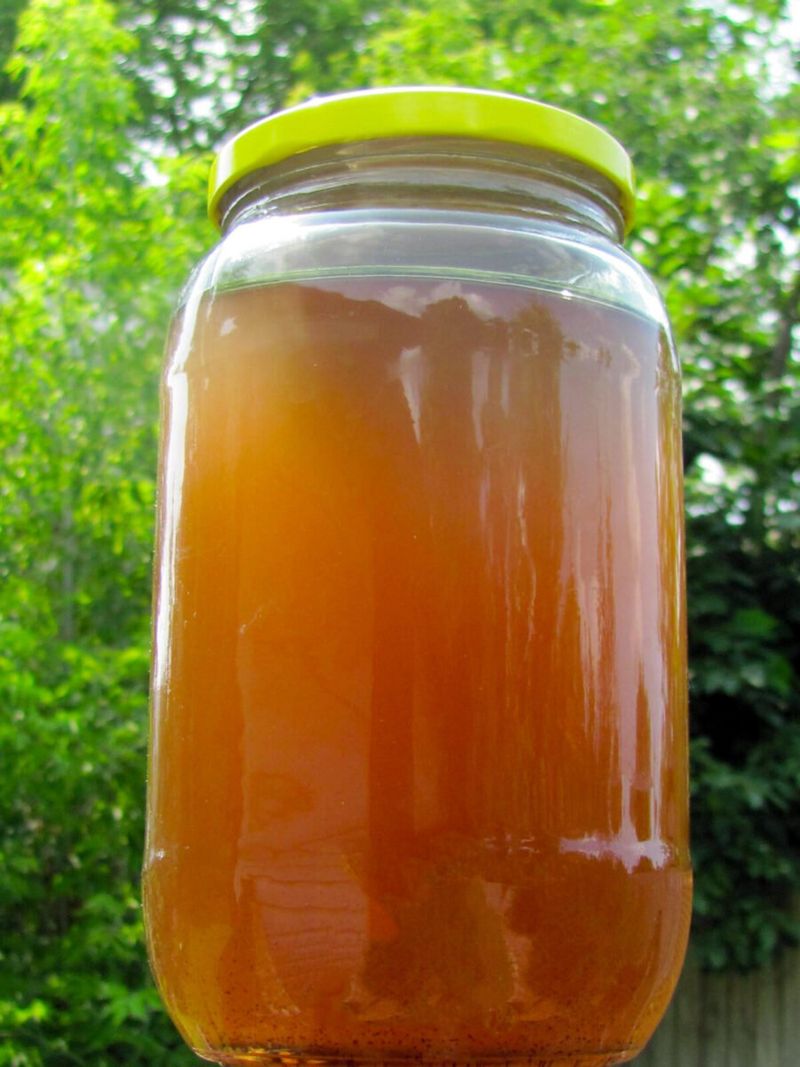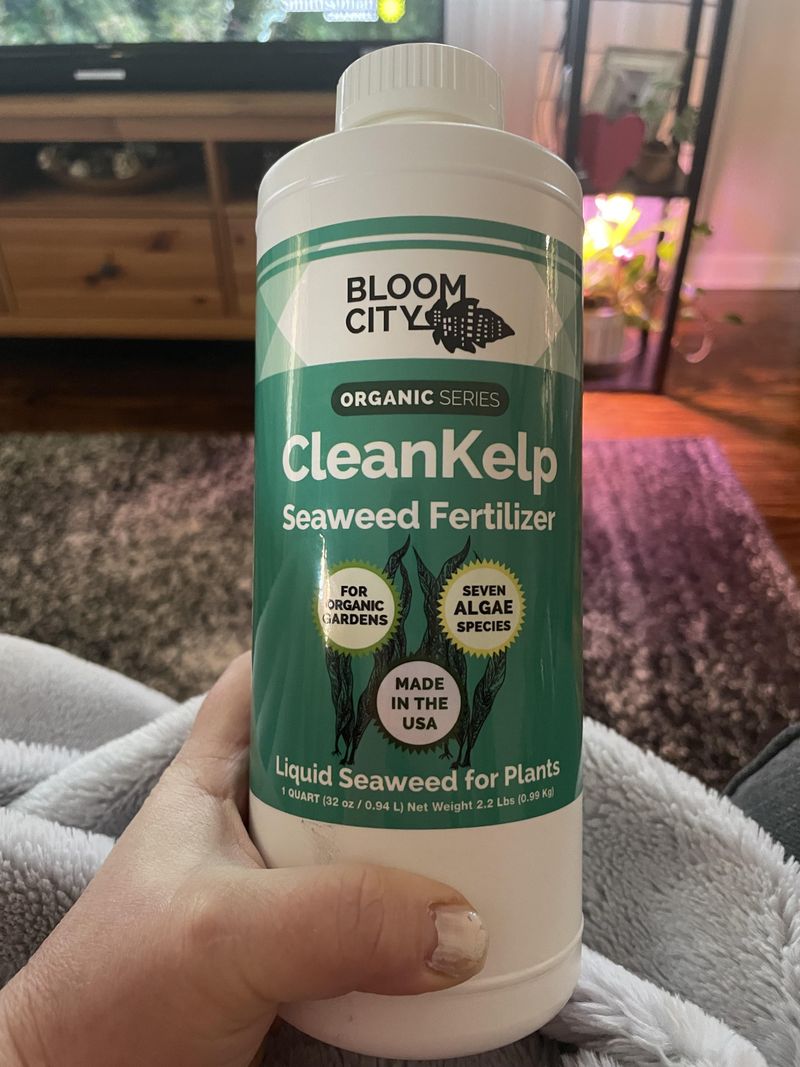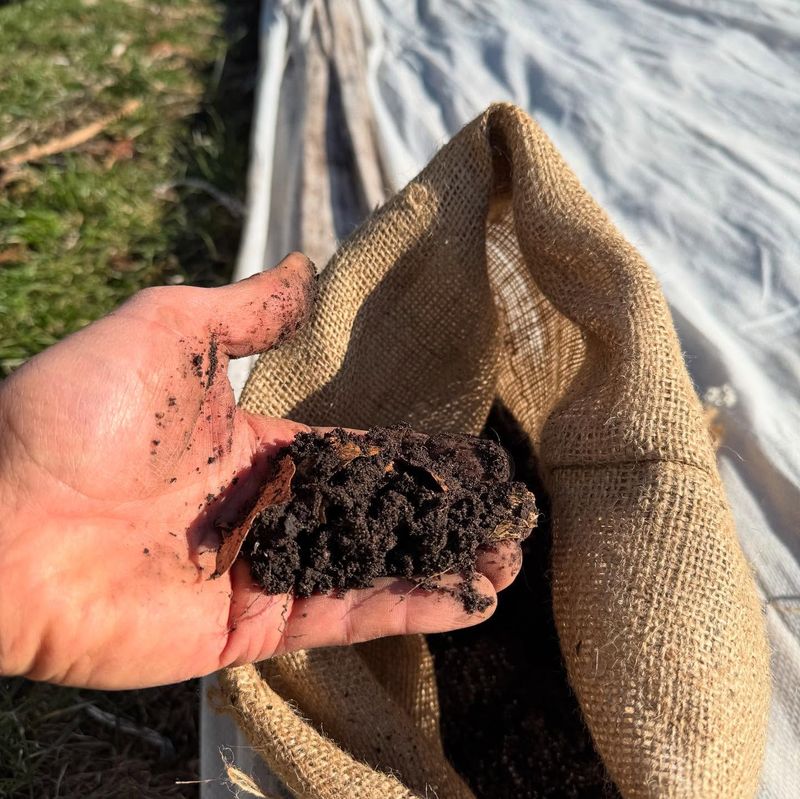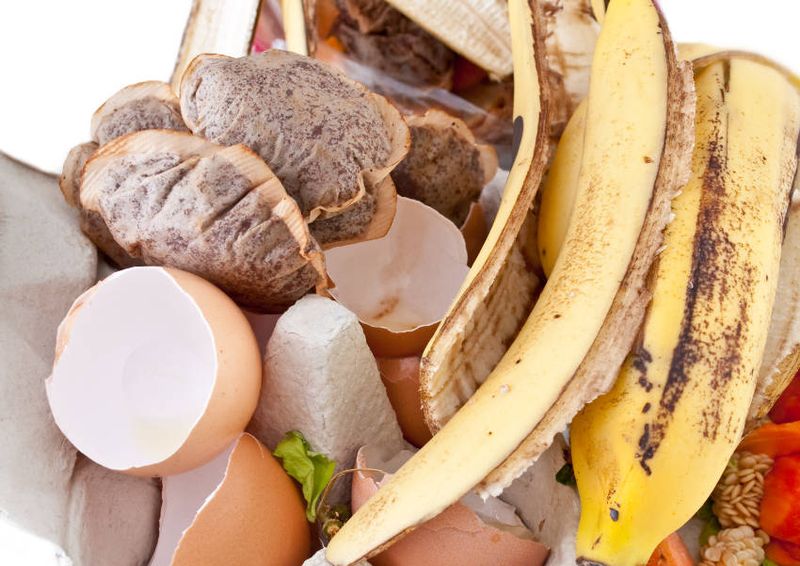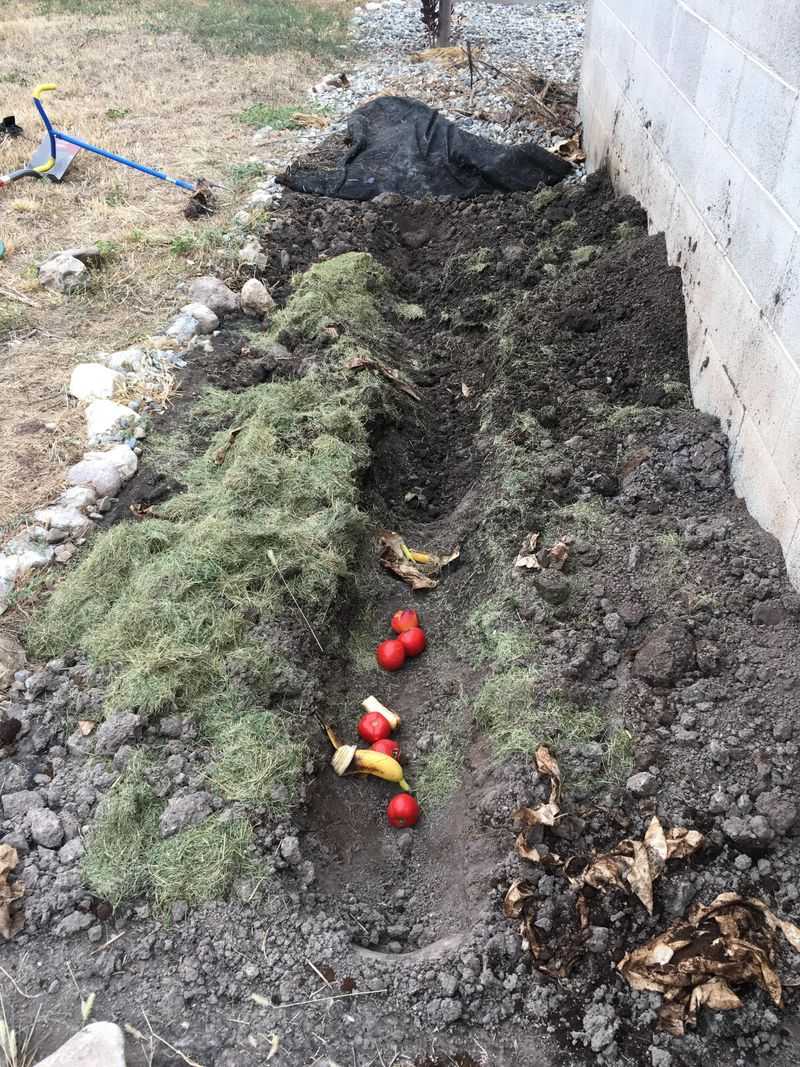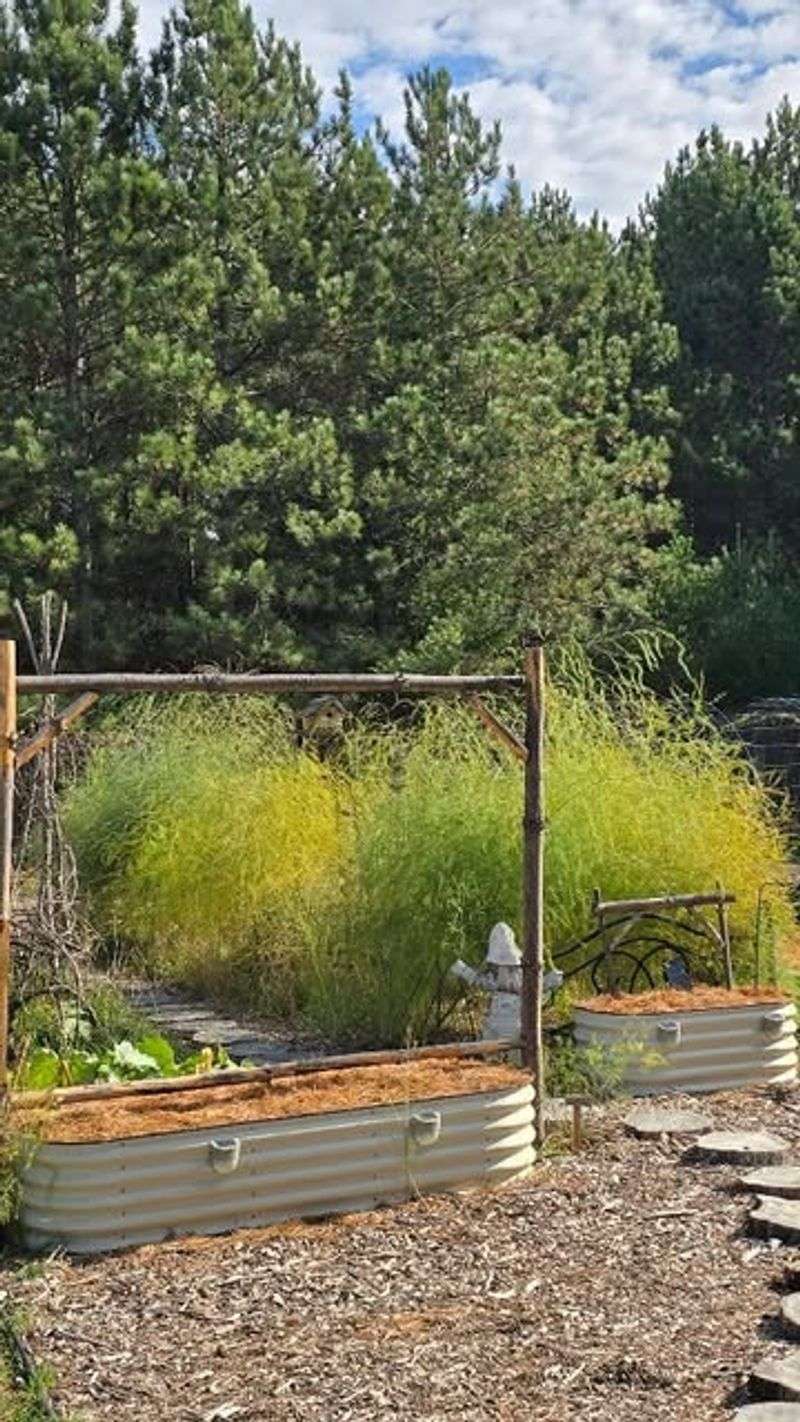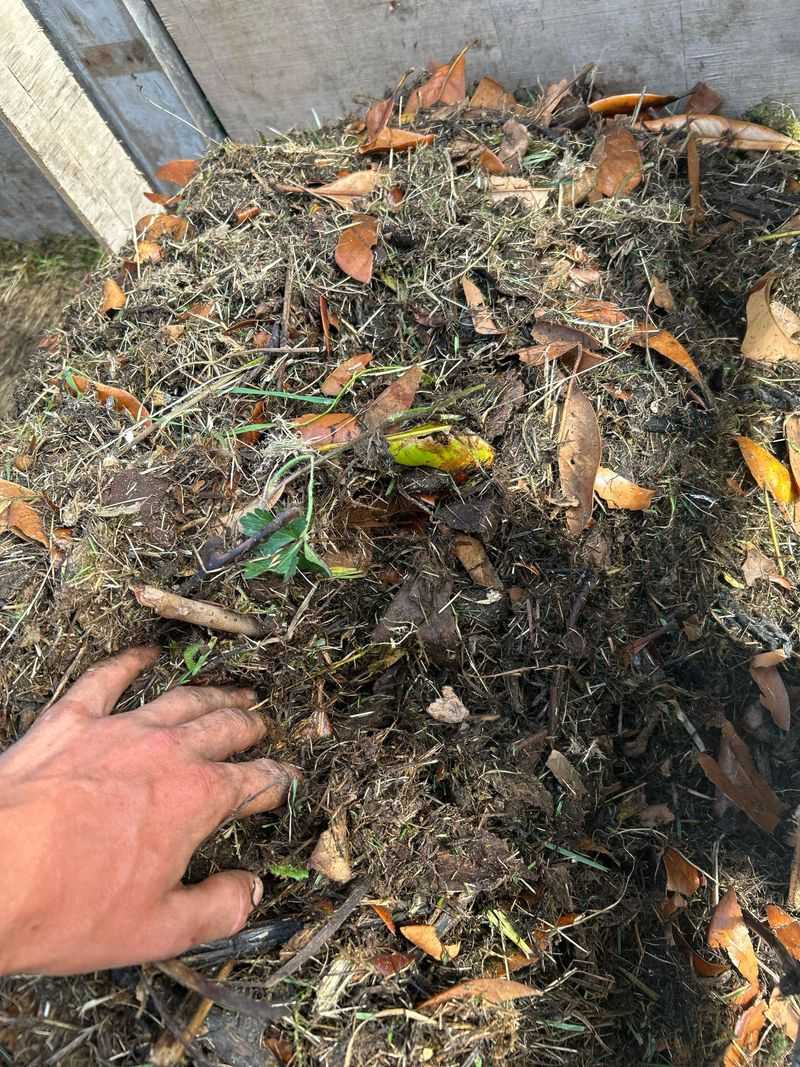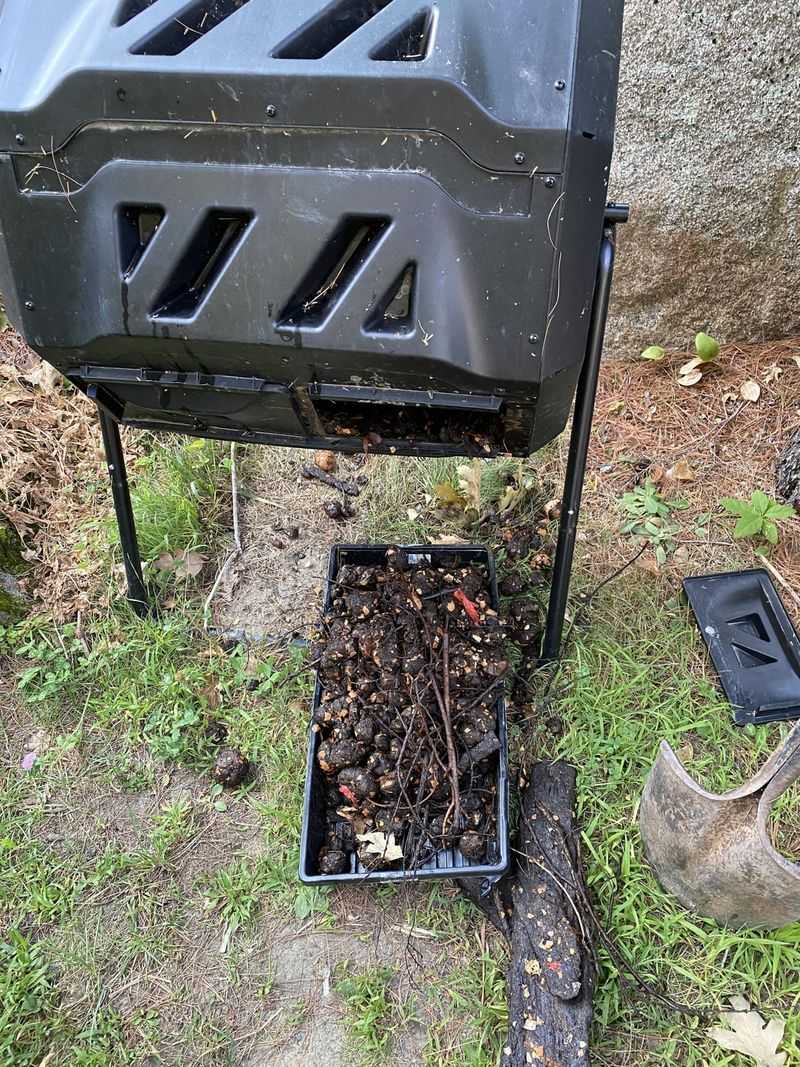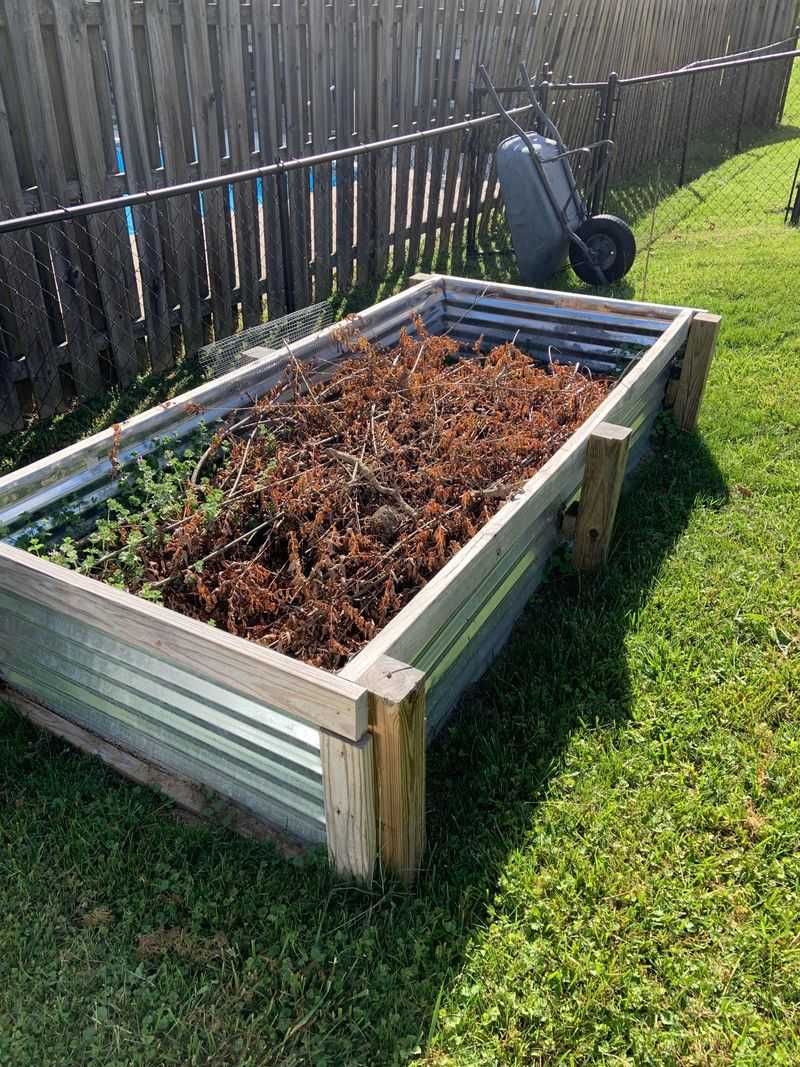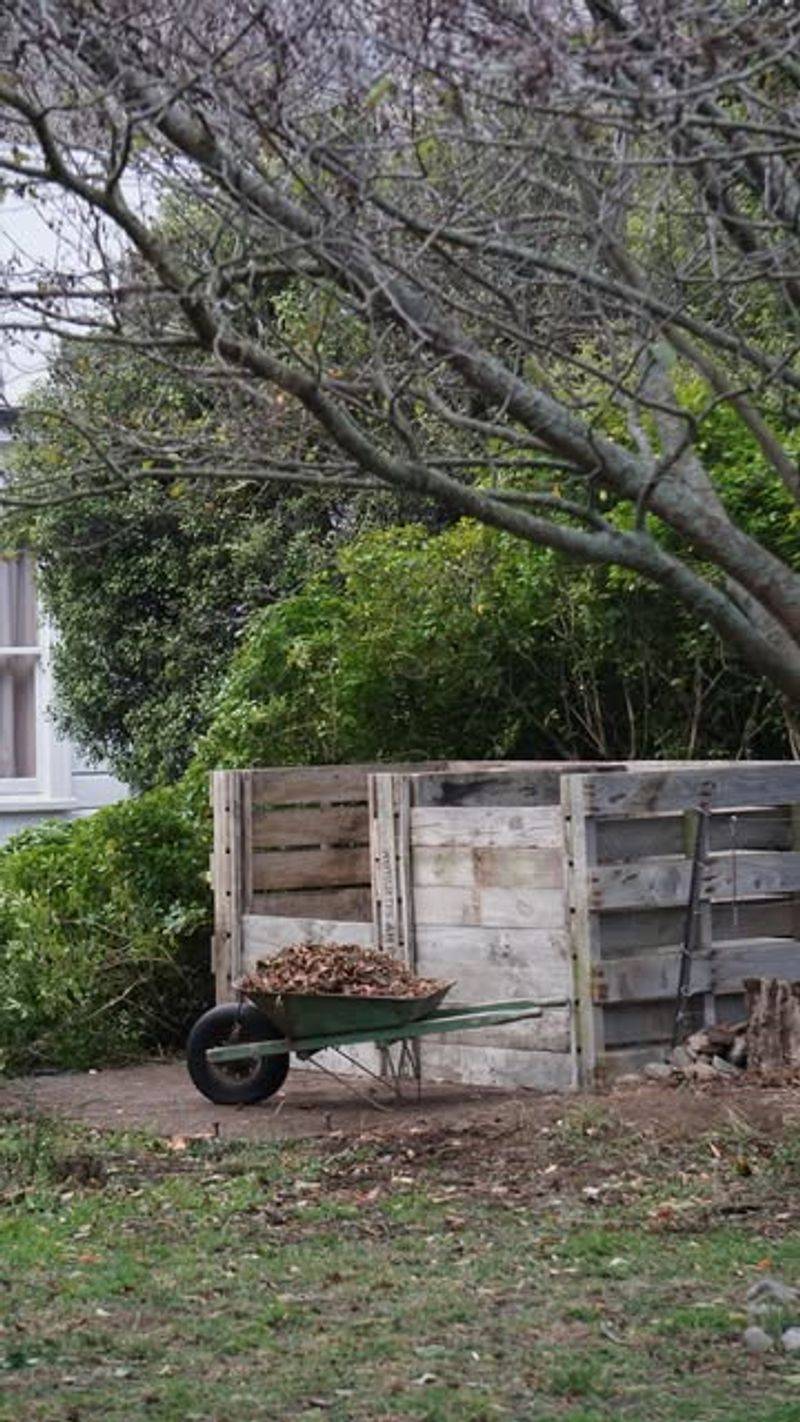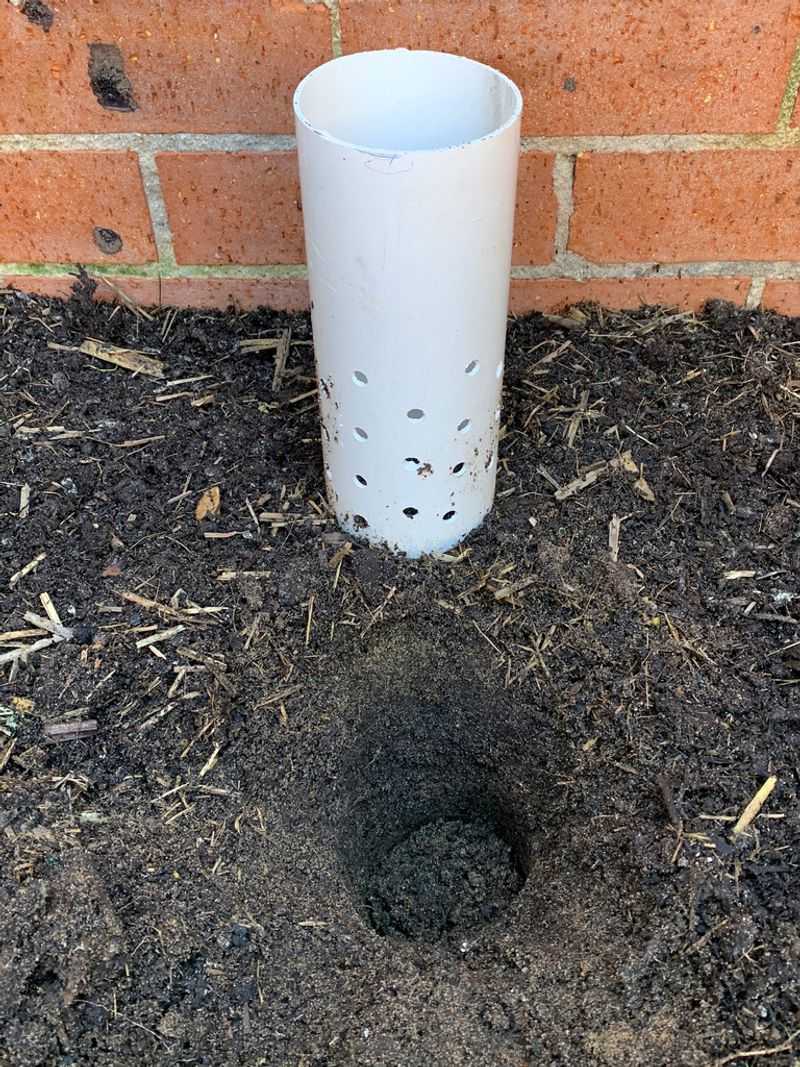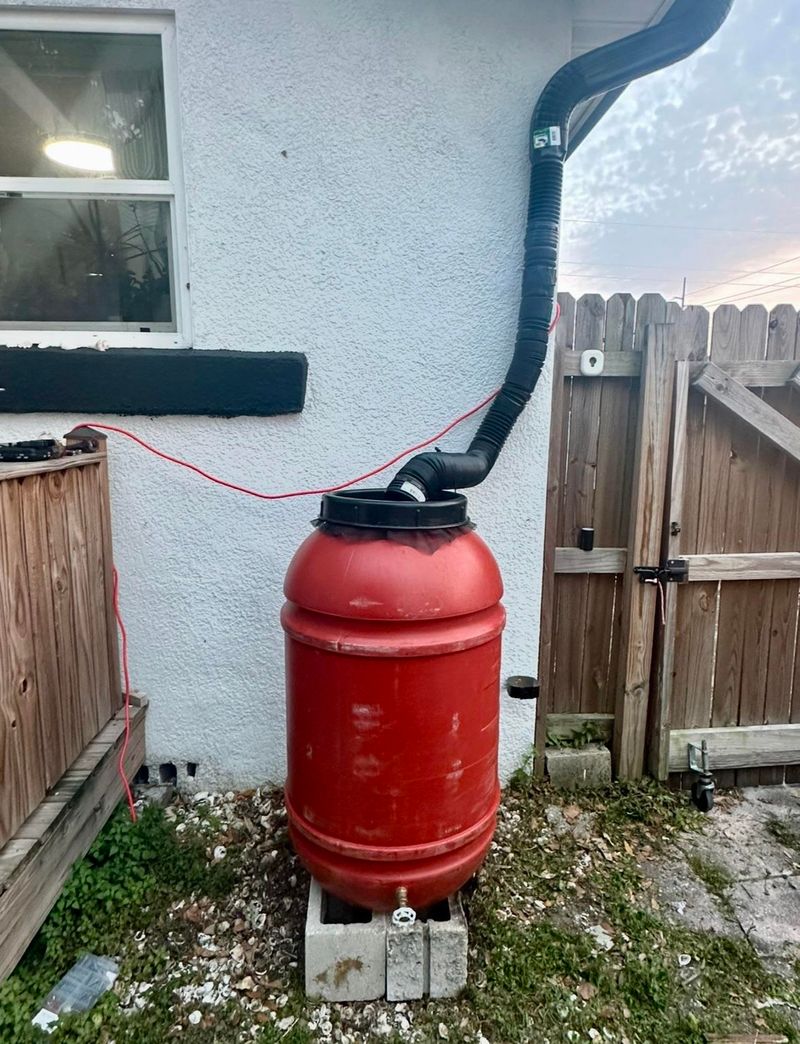August in Washington can throw composting for a loop. With blazing sun and garden waste piling up fast, it’s easy for heaps to dry out or go dormant without the right care.
Gardeners across the state have their secrets—adding moisture-retaining greens, covering piles with tarps, or turning more often to keep things active. It’s about working with nature, not fighting it.
Whether you’re facing dry spells out east or sticky heat in the west, these composting tweaks can keep your pile thriving. Stay consistent, feed it wisely, and you’ll have rich compost before summer fades.
1. Add Ice Cubes For Instant Moisture
My neighbor taught me this brilliant hack last August when temperatures hit the 90s. Instead of hosing down your compost pile (which can waterlog it), toss in a tray of ice cubes throughout the pile.
The ice melts slowly, providing gradual moisture that helps microbes thrive without creating soggy conditions. It’s especially useful for bins located in full sun exposure.
I keep a dedicated ice tray just for this purpose during Washington’s August heat waves, and my compost temperature stays in the ideal range even on the hottest days.
2. Collect Coffee Grounds From Local Cafes
August is the perfect time to build relationships with local coffee shops. Many Washington cafes are happy to set aside used grounds for gardeners, providing you with a free nitrogen boost.
The grounds work wonders in hot weather when decomposition slows down. I started collecting from a small café in my neighborhood last summer, and the owner now saves them specifically for me.
Just bring a bucket with a lid, and you’ll have access to this composting gold that helps balance all those brown materials from your summer garden cleanup.
3. Shred Everything Smaller Than Usual
During August’s heat, cutting materials into tiny pieces makes a remarkable difference. The smaller surface area allows microbes to break down materials faster, even when conditions aren’t ideal.
After watching my compost stall last August, I started running garden waste through an old paper shredder or chopping it with pruning shears. The pile temperature jumped within days!
For tough stems from summer vegetables like broccoli or kale, I chop them into half-inch pieces instead of the usual inch-long chunks I use during cooler months.
4. Create A Dedicated Compost Tea Station
During August’s dry spells, setting up a simple compost tea brewing station gives Washington gardens a powerful boost. I use a five-gallon bucket with an aquarium bubbler to aerate the mixture.
A handful of finished compost in a mesh bag, submerged for 24-48 hours, creates a nutrient-rich liquid that both feeds plants and activates sluggish compost piles. The microbial activity practically explodes afterward!
When I started doing this three summers ago, my tomatoes produced nearly double their usual yield, and my compost broke down weeks faster than before.
5. Layer In Seaweed From Puget Sound Beaches
Coastal Washington gardeners have access to an amazing compost accelerator that inland folks miss out on. Seaweed collected from public beaches (where permitted) adds trace minerals and iodine that supercharge decomposition.
I rinse it quickly with fresh water to remove excess salt, then layer it thinly throughout my pile. The results are incredible – especially for August piles that need a kickstart.
Just one small bucket of seaweed spread throughout your compost can cut decomposition time by nearly two weeks while adding valuable micronutrients your garden will love.
6. Cover With Burlap Instead Of Plastic
Last August, I learned the hard way that plastic covers trap too much heat during Washington’s warmest month. My pile practically baked itself into a dry, inactive mass.
Switching to burlap coffee sacks (free from local roasters) was game-changing. The material breathes while still retaining crucial moisture and preventing the pile from drying out completely in the afternoon heat.
I keep the burlap slightly damp during extremely hot days, which creates the perfect environment for decomposition while allowing enough airflow to prevent anaerobic conditions that cause odors.
7. Add Clay-Rich Soil As An Amendment
A fifth-generation Washington gardener showed me this trick when my compost kept drying out too quickly. Adding a thin layer of clay-rich soil between compost layers works like a moisture-retaining sponge.
The clay particles hold water longer than regular garden soil, releasing it slowly as the pile heats up. During August’s dry spells, this technique has saved me countless trips with the watering can.
Just a couple of shovelfuls scattered throughout your pile is enough – too much can reduce airflow, but the right amount creates perfect moisture pockets that help beneficial bacteria thrive.
8. Blend In Crushed Eggshells And Banana Peels
August fruit harvests mean plenty of kitchen scraps. I’ve found that crushing eggshells extremely fine and adding them with chopped banana peels creates a calcium-potassium boost that accelerates decomposition.
The finer you crush the shells, the faster they break down and become available to your pile’s microorganisms. I use a coffee grinder dedicated just for this purpose.
My neighbor thought I was crazy until she tried it herself – her August compost pile reached the hot phase in just three days instead of the usual week, even during last summer’s dry spell.
9. Create A Trench System For Automatic Watering
The smartest August composting setup I’ve seen came from an elderly gardener in Olympia. She dug shallow trenches leading toward her compost pile, allowing irrigation runoff to naturally moisten the base.
During Washington’s driest month, this passive system keeps the pile active without wasting a drop of water. The moisture wicks upward through the pile, creating perfect conditions for decomposition.
Since implementing this in my own garden, I’ve reduced my water usage while maintaining a consistently active pile. The trenches are just 2-3 inches deep and can be covered with mulch to prevent evaporation.
10. Incorporate Pine Needles Strategically
Eastern Washington gardeners have abundant access to pine needles in August, but using them correctly makes all the difference. Rather than adding them in layers, I mix them throughout with green materials.
The needles create air pockets that prevent compaction during summer’s heavy rains (which happen even during dry August in western Washington). Their slow breakdown also provides long-lasting carbon.
I learned from a Master Gardener in Spokane that the ideal ratio is one part pine needles to four parts other materials – this prevents the acidic needles from slowing decomposition while still benefiting from their structure.
11. Utilize Grass Clippings As Activator Layers
August lawn maintenance provides the perfect nitrogen boost for sluggish summer compost. The trick is using grass clippings in thin, well-distributed layers rather than clumps that mat together and create anaerobic pockets.
I sprinkle a half-inch layer of fresh clippings whenever my pile seems to slow down, then turn everything thoroughly. The heat spike is noticeable within hours, even on cooler August evenings.
Just be sure your lawn hasn’t been treated with herbicides, which can kill beneficial decomposers. I learned this lesson the hard way when my pile suddenly stopped working after using treated grass.
12. Add Compost Accelerator Microbes Monthly
August heat can kill off beneficial microbes in your compost pile. A garden center owner in Tacoma shared her secret of adding a monthly dose of compost accelerator (available at garden centers) during summer months.
These concentrated beneficial bacteria and fungi packages jumpstart decomposition, especially when temperatures fluctuate between hot days and cool nights. I mix mine with water before sprinkling it throughout the pile.
Since starting this practice two summers ago, my compost consistently finishes in half the time, even during August when decomposition typically slows down in our Washington climate.
13. Turn In The Early Morning Hours
The timing of pile turning makes a surprising difference in August. I discovered this by accident last summer when I had to turn my pile at 6 AM before work one day.
The cooler morning temperatures prevent excessive moisture loss during turning, while still allowing enough heat to build throughout the day. My compost temperature stayed consistently higher compared to when I turned it in the evening or afternoon.
An old-timer at our community garden swears this method has cut his composting time by a third during August, and my experience confirms it works beautifully in Washington’s summer conditions.
14. Create A Three-Bin Rotation System
August is the perfect time to implement a three-bin system that revolutionizes composting efficiency. One bin holds fresh materials, another contains actively decomposing compost, and the third holds finished compost ready for use.
This setup allows you to keep adding summer garden waste without disrupting the decomposition process. I built mine using recycled pallets secured with wire, creating bins about 3×3 feet each.
The system has been especially valuable during August garden cleanups when I’m removing spent summer crops and preparing for fall planting – there’s always room for new materials without disturbing what’s already working.
15. Incorporate Worm Towers For Faster Processing
A gardening friend in Bellingham introduced me to compost worm towers – perforated PVC pipes inserted vertically into compost piles that allow worms to travel freely throughout the materials.
During August’s fluctuating conditions, these towers create protected pathways for worms to process materials even when the outer pile gets too hot or dry. I installed two 4-inch diameter pipes with holes drilled throughout.
The difference was remarkable – areas near the towers decompose notably faster than the rest of the pile. As a bonus, the pipes serve as ventilation channels, bringing oxygen deeper into the pile during Washington’s humid August evenings.
16. Harvest Rainwater For Compost Moisture
Even in dry August, Washington occasionally gets brief showers. Setting up a simple rain barrel specifically for compost maintenance ensures you always have chemical-free water ready for your pile.
I position mine near the compost area with a dedicated watering can nearby. The collected rainwater contains trace minerals and beneficial microorganisms that tap water lacks, giving decomposition a natural boost.
During last August’s dry spell, my small 30-gallon barrel collected enough from two brief showers to keep my compost perfectly moistened for nearly three weeks – far better than using chlorinated city water.

